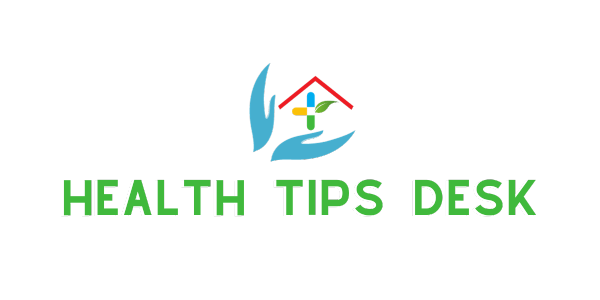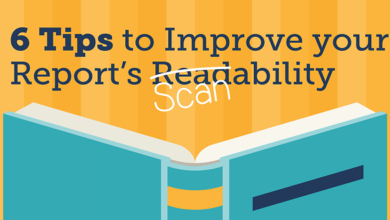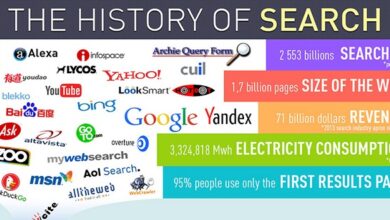Multi-Tasking, Cross-Training, and Silo-Busting

One medium-specific statement that should be made: digital publishing is not at all like editing for print, at least in terms of job responsibilities. In print, there are, or at least were, clear distinctions between roles and duties among writers, designers, editors, and copy editors. Media convergence has blurred and blended these roles and responsibilities, and because the job descriptions keep changing, the most valuable employees are those who prove flexible and adaptable.
News editors, desk editors, and bureau chiefs
These editors all have managerial responsibilities, directing coverage, managing work flow, overseeing design and layout, and supervising reporters, photographers, and copy editors. In smaller organizations, these responsibilities are shared, while in larger ones, the roles can be quite specialized. Desk editors typically are responsible for specialized reporting “beats,” such as “courts and cops,” sports, features, city news, and business. In local and regional broadcast news, these divisions are usually news, sports, and weather.
Managing editors
Like a director of a major motion picture, a managing editor is responsible for the big picture, but also for making deadlines and budgets, and for coordinating the disparate activities of the news organization. Desk editors, bureau chiefs, the copy desk chief, and many other positions report to the managing editor. Budget meetings, which in newsrooms are about assigning stories and “budgeting” space, not money, are run by the managing editor.
Executive editors
This is the where the buck stops for news operations. The executive editor oversees the entire news staff, with the managing editor being second in command. This role, therefore, is largely about planning, troubleshooting, supervising, administering, and working with the other departments of the organization. This person, who usually has a great deal of experience in newsgathering, spends most days in conference rooms and offices in what is a rolling series of meetings.
Video, audio, photo, and multimedia editors
They are ethical and persistent, and often they have a pretty good sense of humor and rhino-thick skin when it comes to taking criticism. These attributes point to the very stark differences between the activities of writing and editing, though, of course, these activities are complementary and interdependent. Many of the editor’s traits are required for the arduous processes of proofreading and copyediting, which require an eye for detail and a reservoir of patience. Editing is mostly about making choices and decisions—lots and lots of decisions. Editing well means being able to read at several different levels at the same time, from where commas should go to whether or not an online navigation scheme is working to how topics and stories are trending across social media.
Edit the content
Review and edit everything, including structure and navigation, links, writing style, style consistency, and visual design. Begin early and repeat throughout. Check colors, graphics, headlines, subheads, paragraph lengths, and consistency of all elements. You might edit content chunks out of order rather than in sequence to replicate the experience of many, if not most, interactors.
Proofread and test usability
Misspelled words are an embarrassment, and they detract from credibility, suggesting that multiple copyediting steps or stages should be in place. One stage or step, for example, could focus on consistency in visual design, another on testing links, and still another on naming conventions. Because the organization of a site is translated into file names according to certain conventions, this copyediting step is an important one, and it should include inspecting the naming conventions for pages, folders, files, graphics—anything that lives as a separate file.
Copyedit some more
While it’s true that good editors can read on different levels, looking for more than one type of error at the same time is difficult and untrustworthy. When time allows, editors should read multiple times, looking each time for different things. First, read for understanding.
Last word
This experienced, professional editor describes a process and a culture of editing and of careful attention to detail. She lays out a process of established routines shared by several people in her organization. The immediacy of digital is forcing changes in these print-based processes, but not in the importance of a discipline of verification. And the editor makes another critical point: No one method can substantially edit down a story or article or check that article for errors of fact or of writing.




